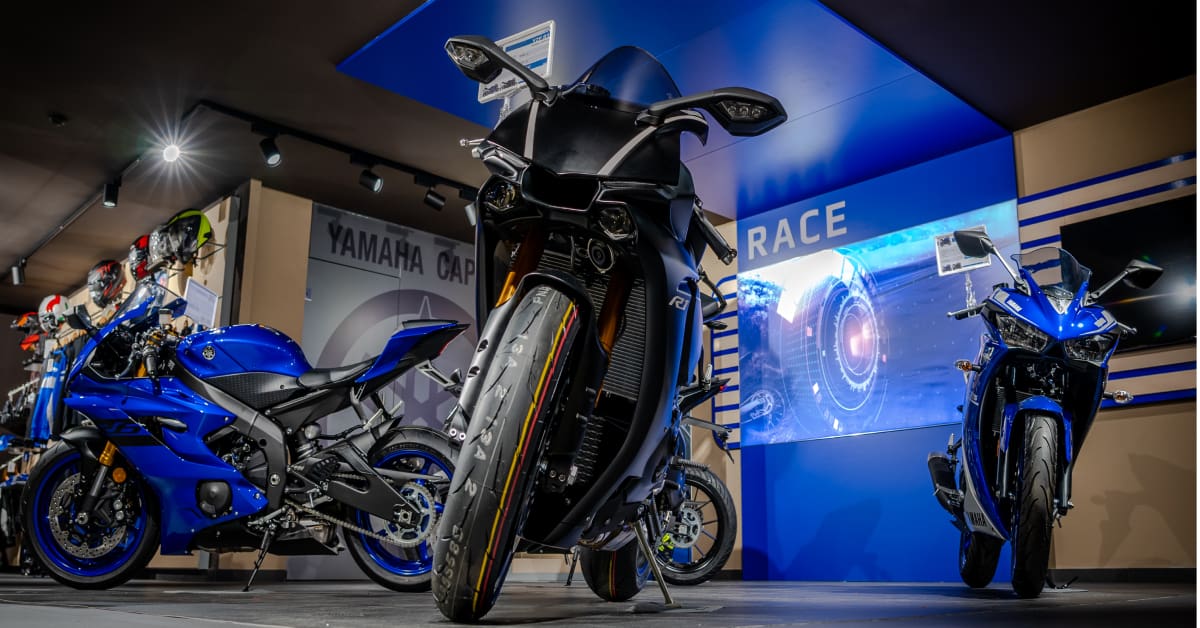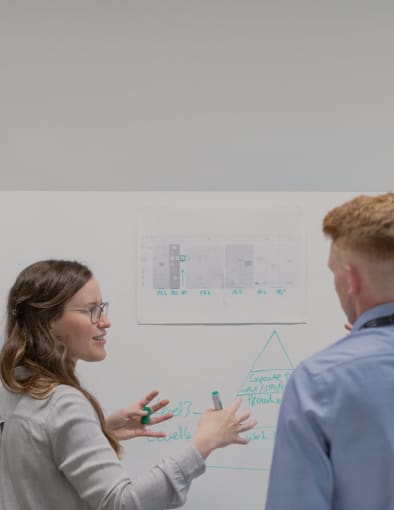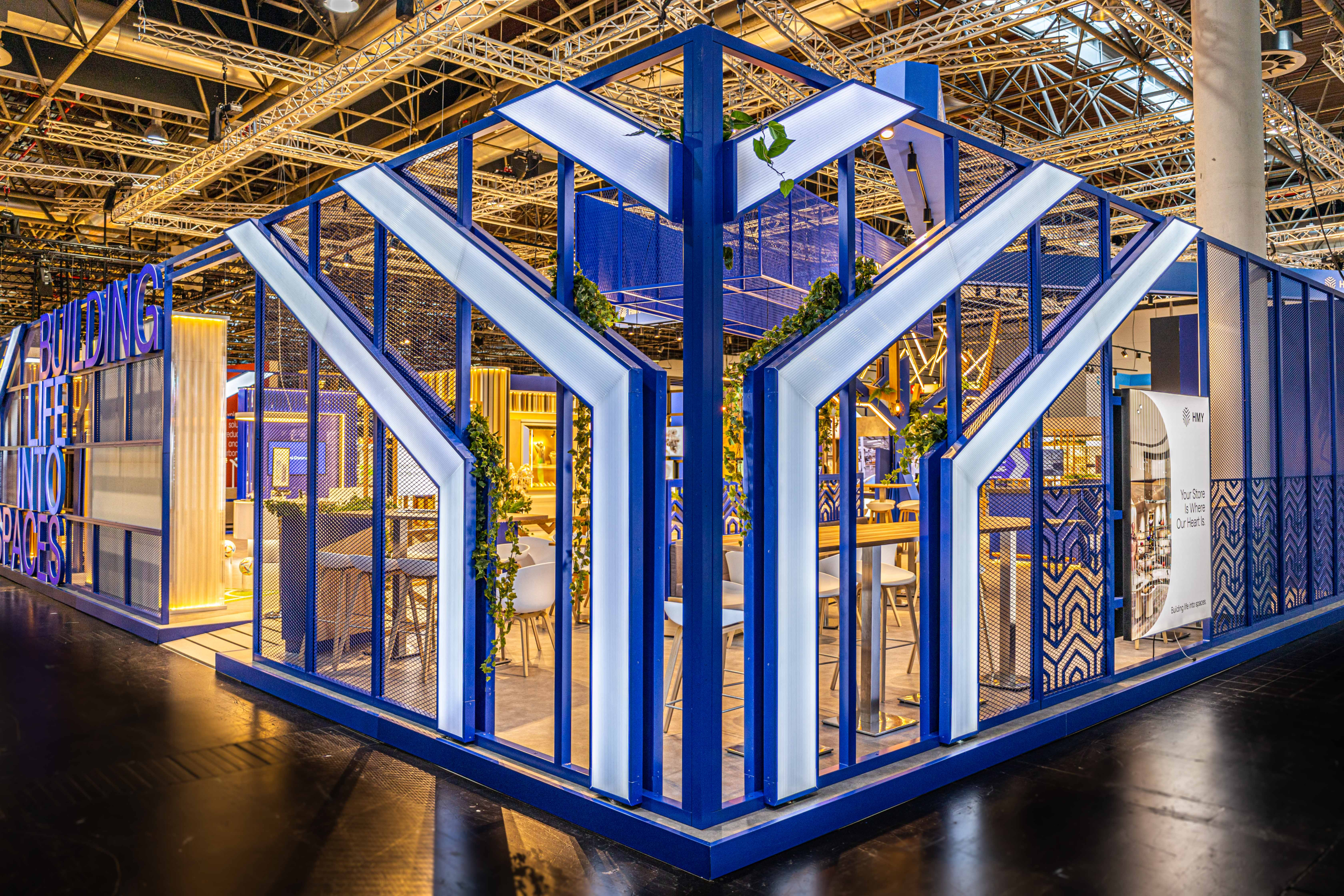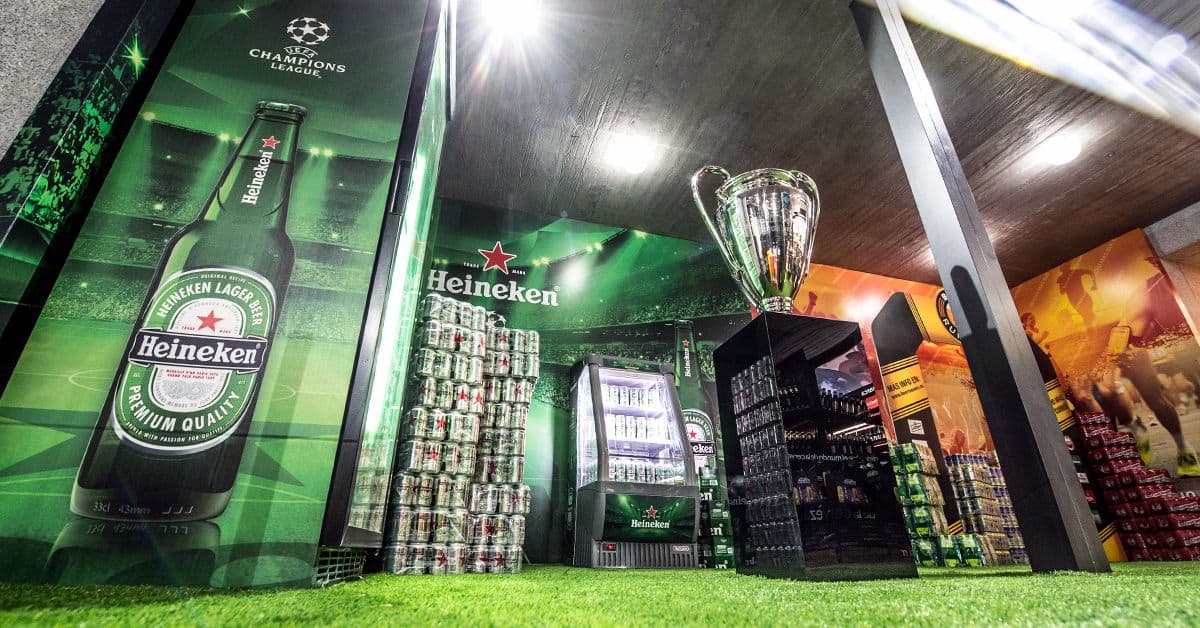4 Technologies that improve customer satisfaction at car dealers.

What about user experience? What happens along the Customer Journey of consumers who are not only increasingly digitised but also more adept at physical experiences and personal interaction?

Volkswagen
Volkswagen Group gave us a challenge: to help them digitize several of their dealerships in France.
Within the widespread notion of digital transformation, it is paradoxical that those sectors with more analogue products are the first to consider sales and the consumer experience as an omnichannel world.
Meanwhile, the automotive sector, a model of technology and the advancement of society, often continues to sell its products and services through car dealers that are not committed to technology or in warehouses set up as sales offices.
How car dealers and their customer relations are transforming
4 technologies that transform the customer experience at car dealers
Let your store tell your story.
Because our heart is where your store is.
Because we are retail thinkers and space makers.
Because we are the global-local partner that you need.









































